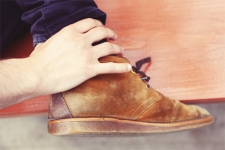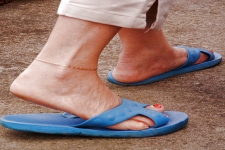Running Done Right - Part 3
Let’s start with mobility. When it comes to mobility, it’s important to note that adequate mobility is a huge factor in being able to run fast AND stay healthy. Why is this? Well, if you don’t have complete range of motion throughout your lower body, you will be MUCH more susceptible to injury. Plus, obtaining optimal mobility allows you to improve performance as well as cover more ground – remember, stride frequency and stride length are the two factors that determine running speed. Maintaining flexibility and mobility via proper methods of stretching to lengthen muscles can go a LONG way toward helping all of the above.










